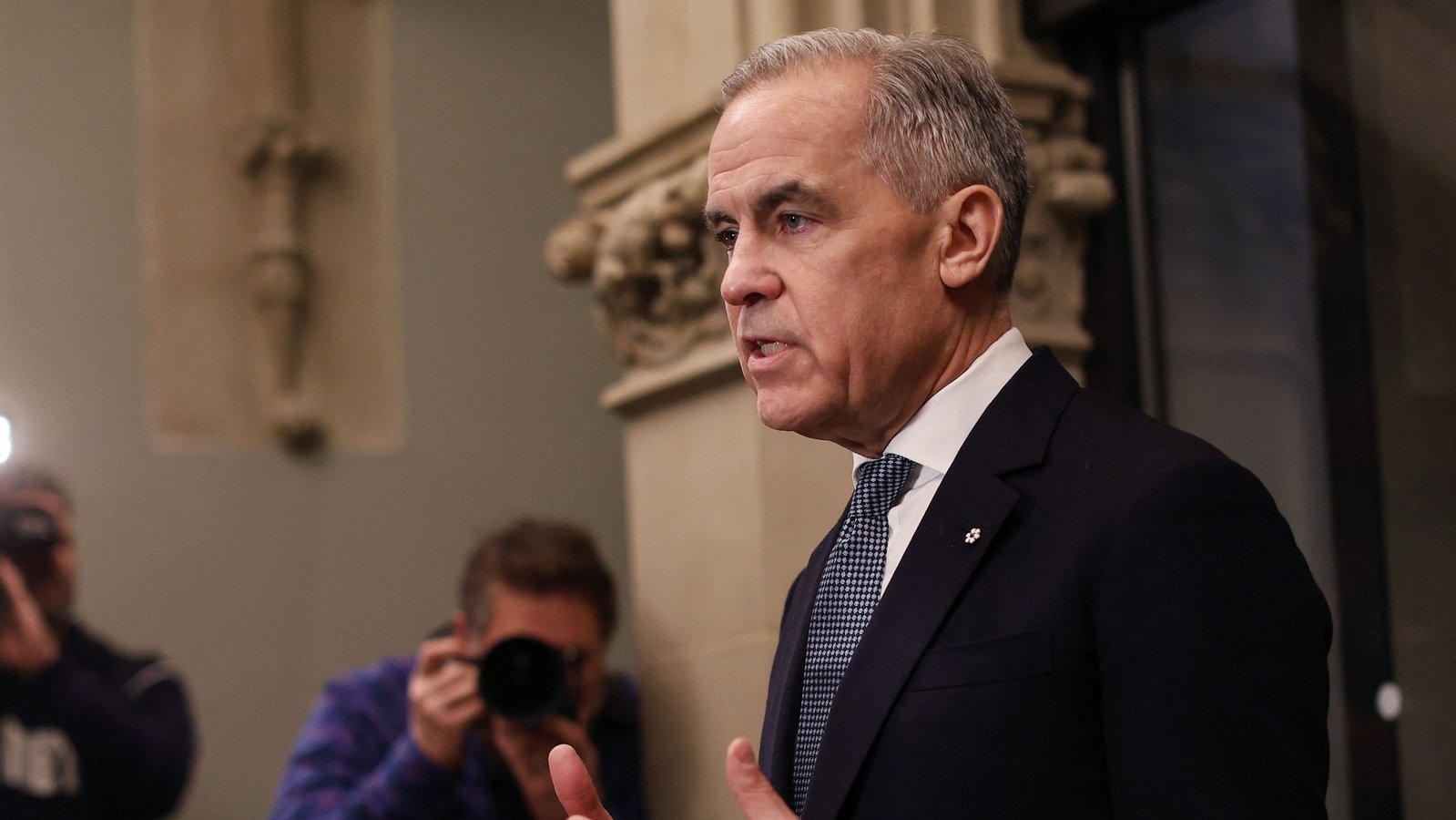Canada posted a record trade deficit of $7.1 billion CAD ($5.2 billion USD) in April 2025, driven by a 15.7% plunge in exports to the U.S. following President Trump’s imposition of a 25% auto tariff and 50% steel tariff. The auto sector, a cornerstone of Canada’s economy, saw vehicle exports drop by nearly 23%, while energy and steel industries also took significant hits. Analysts had predicted a deficit of only $1.5 billion, making the shortfall a stark warning of the economic fallout from U.S. trade policies.
The tariffs have disrupted Canada’s manufacturing heartland, particularly in Ontario, where Honda suspended an $11 billion plan to produce electric vehicles and batteries. While Honda claimed overall Canadian output would remain unaffected, the shift of an SUV model’s production to the U.S. has raised concerns about job losses. Prime Minister Mark Carney’s government is preparing reprisals, with discussions underway to counter U.S. metals tariffs. The unpredictability of U.S. trade policy has also prompted the Bank of Canada to hold interest rates steady at 2.75%, citing tariff-related economic uncertainty and creeping inflation.
The broader implications for Canadians are troubling. Unemployment hit 7% in June, the highest in nearly nine years (excluding COVID years), as trade disruptions and manufacturing jobs dwindle. The Bank of Canada anticipates further economic strain, with upcoming inflation data on June 19 and July 8 likely to shape future policy. Economists warn that prolonged trade barriers could deepen the deficit, impacting consumer prices and affordability. Meanwhile, posts on social media reflect public frustration with the tariffs’ ripple effects, underscoring the urgency for diplomatic resolutions.




